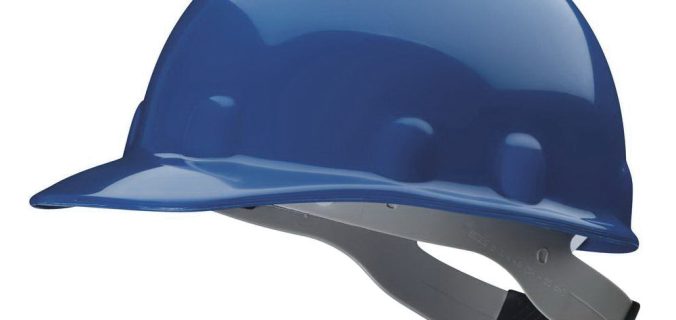When it comes to workplace safety, hard hats are a vital piece of equipment. They protect your head from falling objects, electrical hazards, and other potential dangers in environments like construction sites and industrial settings. With various types of hard hats available, it’s crucial to choose the right one based on your specific needs. Just like some might opt for funny golf hats for lighthearted occasions on the golf course, selecting a hard hat is more serious and requires careful consideration to ensure adequate protection. This article will explore everything you need to know about hard hats, from different types and features to tips for selecting the best one for your situation.
Understanding the Importance of Hard Hats
The Role of Hard Hats in Safety
Hard hats serve a fundamental role in workplace safety. They are engineered to absorb impact and protect against head injuries. Whether you are working in construction, mining, or manufacturing, wearing a hard hat can significantly reduce the risk of severe injury or even death. The Occupational Safety and Health Administration (OSHA) mandates the use of hard hats in specific work environments, emphasizing their necessity.
Hard hats can also protect against other hazards, including electrical shock and exposure to extreme temperatures. For example, a hard hat with insulation can help keep your head warmer in cold conditions, while also providing a barrier against electrical hazards. Understanding these roles highlights the importance of selecting the right hard hat for your work environment.
The Evolution of Hard Hats
The design and materials used in hard hats have evolved over the years. Early helmets were made from metal, which provided limited protection. In contrast, modern hard hats are usually made from high-density polyethylene (HDPE) or polycarbonate. These materials are lightweight yet sturdy, ensuring maximum comfort while maintaining safety standards.
Additionally, modern hard hats are designed with various features to enhance usability. Many include adjustable ratchet suspensions for a secure fit, ventilation options for airflow, and even slots for accessories like face shields and ear protection. This evolution showcases the growing awareness of the need for safety equipment that is functional and comfortable.
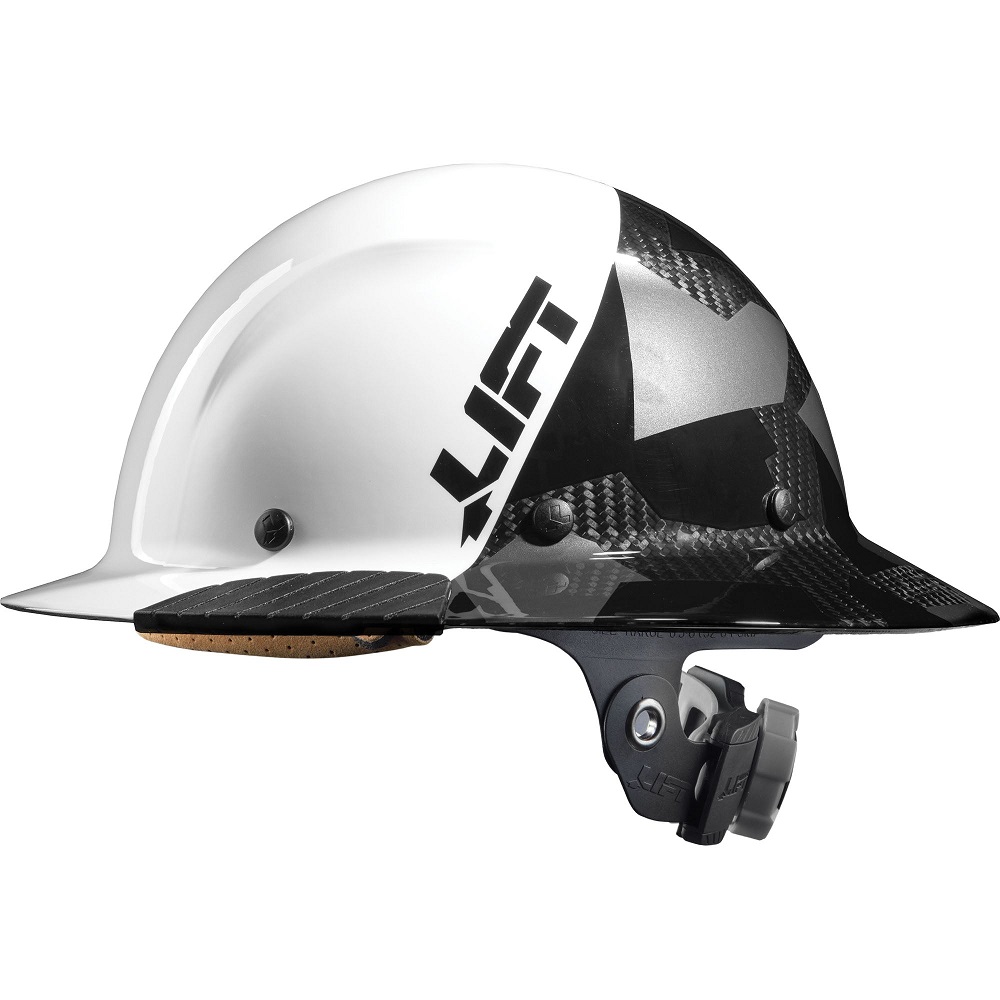
Types of Hard Hats
Hard Hat Classes
Hard hats are typically classified into three categories: Class A, Class B, and Class C. Each class provides different levels of protection.
- Class A Hard Hats: These offer protection against impact, penetration, and electrical hazards up to 2,200 volts. They are suitable for a broad range of applications but are less effective against high-voltage situations.
- Class B Hard Hats: These hard hats provide the same level of impact and penetration protection as Class A but are specifically designed to withstand electrical hazards of up to 20,000 volts. They are ideal for workers who may encounter electrical risks on the job.
- Class C Hard Hats: These helmets offer impact protection but do not provide any electrical protection. They are typically used in environments where there is no risk of electrical hazards, such as in some agricultural settings.
Choosing the right class is essential to ensure your safety in your specific work environment. Employers should assess the potential hazards on-site and provide appropriate hard hats accordingly.
Specialty Hard Hats
In addition to the basic classes, specialty hard hats are available for specific applications. For example, manufacturers design some hard hats for use in high-heat environments, such as foundries and metal processing plants. They use materials that can withstand higher temperatures and often incorporate additional insulation.
There are also hard hats with built-in cooling systems designed for hot environments. They may feature vents or moisture-wicking liners to help keep the wearer cool. For those who require additional visibility in low-light conditions, hard hats with reflective stripes and high-visibility colors are available.
When selecting a hard hat, consider the specific needs of your work environment and the potential hazards you might face. The right specialty hard hat can add another layer of protection based on your job requirements.
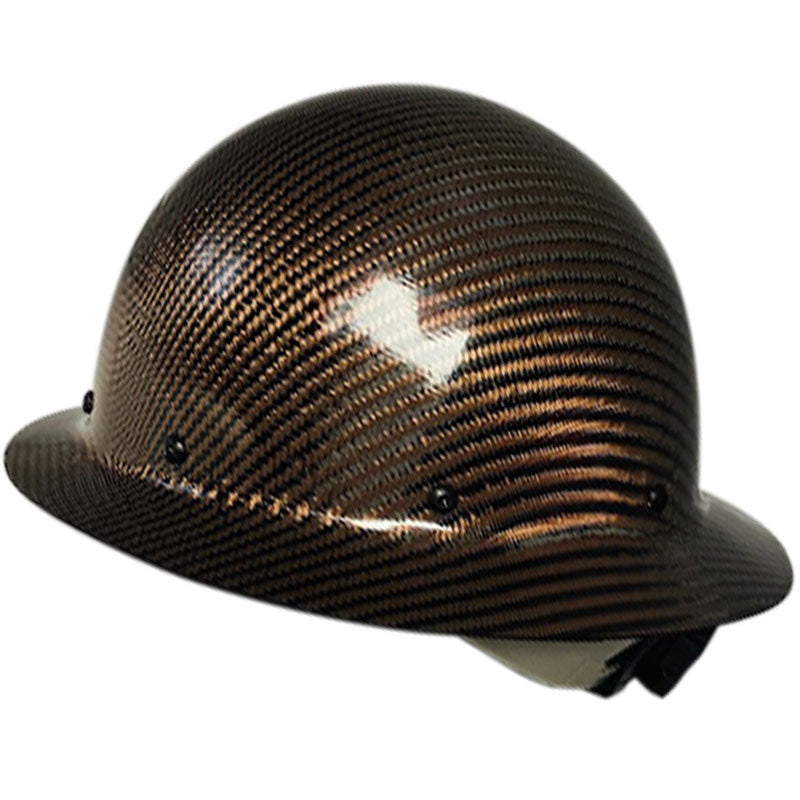
Key Features to Consider
Suspension Systems
One of the most important features in a hard hat is the suspension system. The suspension system is responsible for holding the hat securely on your head while providing cushioning and shock absorption during impact. Most hard hats use a suspension comprised of straps that adjust to fit securely against the head.
Common suspension types include pin-lock, ratchet, and elastic. Ratchet suspensions are popular as they allow for easy size adjustments. This ensures a snug fit without requiring the removal of the hard hat. Ensure that the chosen suspension system is comfortable and properly fits your head size.
Ventilation and Weight
Ventilation is another crucial feature to consider, especially in hot working conditions. Many hard hats come equipped with ventilation slots or adjustable vents that allow for airflow, helping to keep you cool. Proper ventilation can significantly enhance comfort over long periods of wear.
Weight is also a factor to keep in mind. Traditional hard hats can be heavy, which may lead to discomfort and fatigue. Modern designs often prioritize lightweight materials, making them easier to wear for extended durations. Always test how a hard hat feels when worn for longer periods.
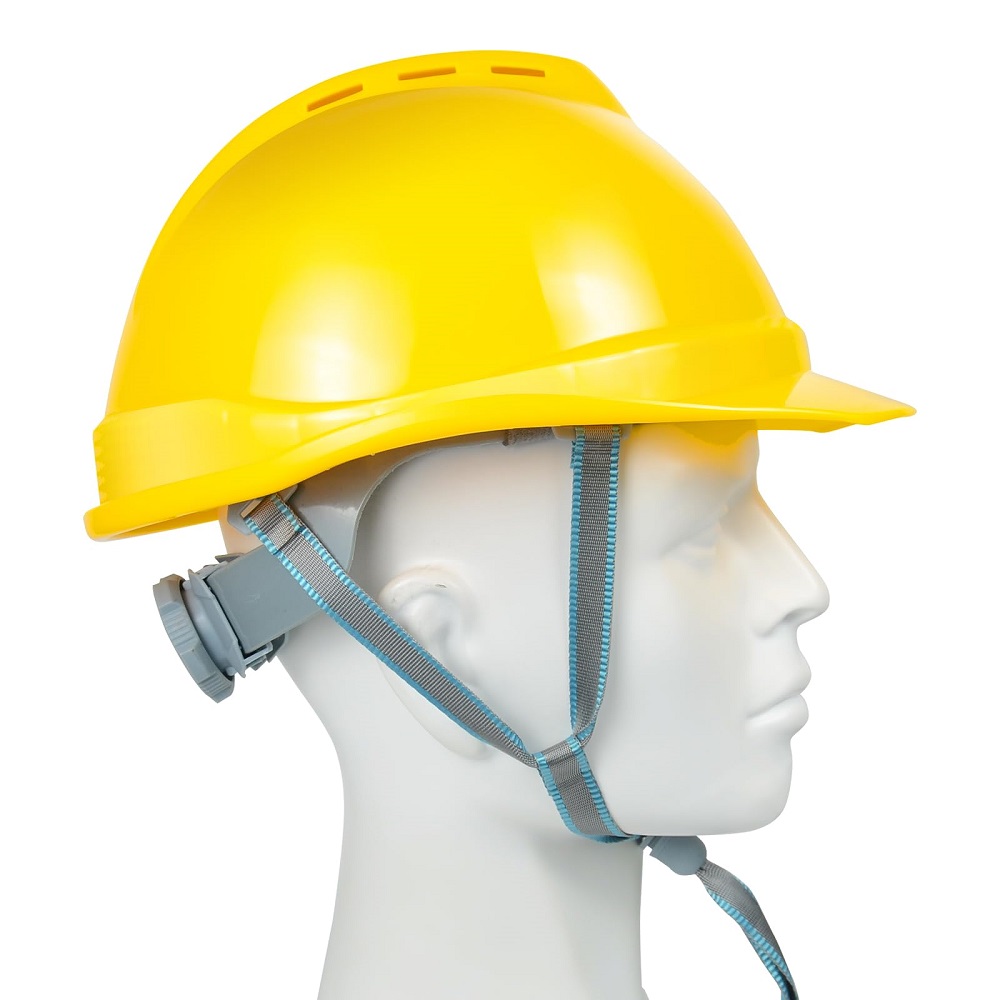
Testing and Certification
Understanding Safety Standards
Before purchasing a hard hat, it is essential to check for compliance with safety standards. The American National Standards Institute (ANSI) and the International Standards Organization (ISO) are two key organizations that set the standards for safety equipment, including hard hats.
In the United States, look for hard hats labeled with ANSI certification, which signifies that they meet specific safety criteria regarding impact resistance, electrical protection, and other critical aspects. Regular safety audits ensure that manufacturers comply with these standards, providing peace of mind for users.
Conducting Inspections
After acquiring a hard hat, it is vital to carry out regular inspections to ensure its integrity. Check for any cracks, dents, or any signs of wear that might compromise its ability to protect. Pay attention to the suspension system and adjust it as needed to maintain a comfortable and secure fit.
If a hard hat sustains a significant impact, it is often advisable to replace it, even if it appears unscathed on the outside. The internal components might have been compromised, jeopardizing your safety. Staying vigilant about inspections ensures that your hard hat remains effective and reliable.
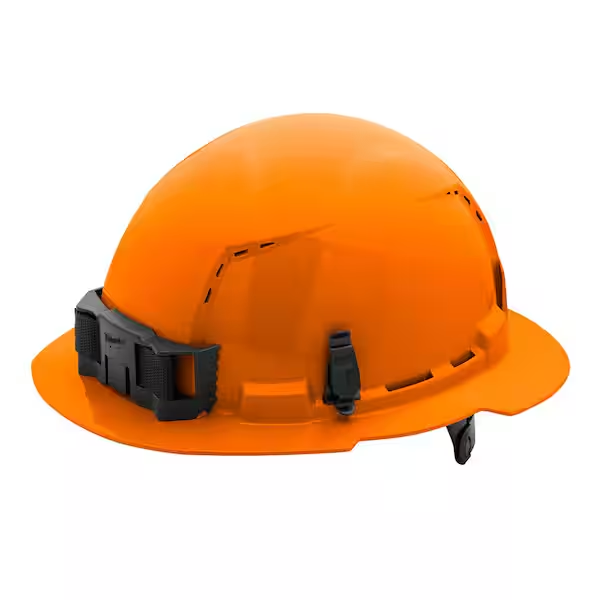
Choosing the Right Accessories
Face Shields and Ear Protection
Access to high-quality accessories can enhance the effectiveness of your hard hat. Face shields are especially useful in environments where flying debris or harmful substances are present. These shields provide additional protection for your eyes and face, serving as a vital complement to your hard hat.
Ear protection is equally important in loud environments. Many hard hats come equipped with attachment points for earmuffs that provide effective noise reduction. Choose earmuffs that fit securely with your hard hat, ensuring comfort without sacrificing safety.
Headlamps and Other Add-Ons
In low-light or dark work areas, hard hats with built-in headlamps or mountable lights can significantly improve visibility. Wearing a headlamp ensures you can see where you’re going while keeping your hands free. Some hard hats feature slots that accommodate lights specifically designed for use with hard hats.
Additional accessories may include visors, chin straps, or sweatbands. Infusing functionality into your hard hat through these add-ons enhances overall usability, ensuring that you are prepared for any work condition that may arise.
Caring for Your Hard Hat
Regular Cleaning
To keep your hard hat in optimal condition, it is essential to maintain its cleanliness. Dust, dirt, and grime can accumulate, potentially affecting its appearance and function. Use a damp cloth or sponge with mild soap to wipe down the exterior of the hard hat. Avoid using harsh chemicals that could degrade the material.
Pay attention to the suspension system as well. Remove it when possible to clean it separately. The inner lining and suspension should also be cleaned regularly to prevent the buildup of sweat and bacteria. Regular cleaning ensures that your hard hat remains hygienic and comfortable to wear.
Storage Guidelines
Proper storage is crucial in preserving the integrity of your hard hat. Store it away from direct sunlight and extreme temperatures, as these factors can weaken or warp the material over time. If your workspace is cluttered, consider utilizing a designated storage solution for your hard hat, such as installing hooks or shelves to make it easily accessible.
When not in use, avoid placing heavy items on top of the hard hat to prevent denting and deformation. Following these simple storage guidelines will extend the life of your hard hat significantly.
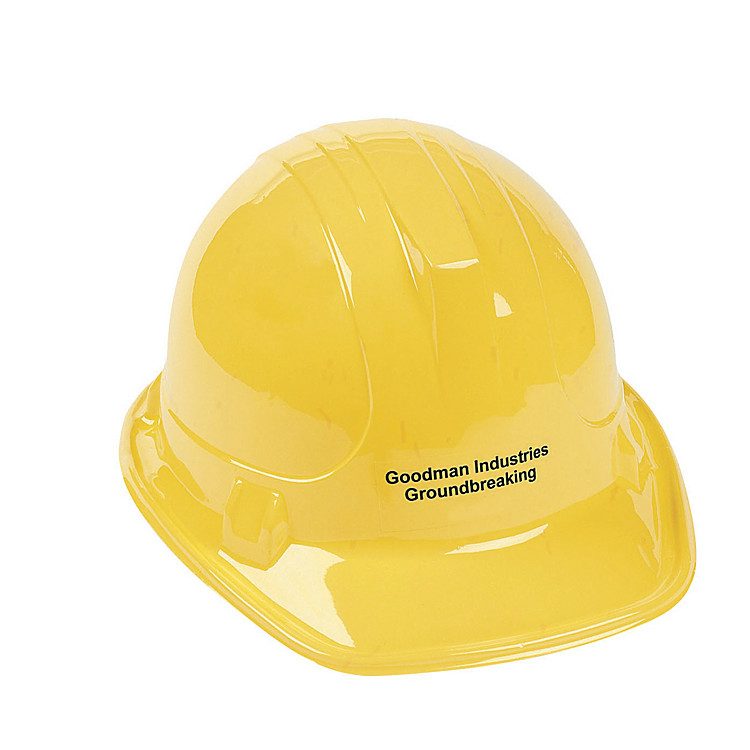
Ensuring Your Safety with the Right Hard Hat
In conclusion, hard hats are essential safety gear that protects against various hazards in different work environments. Choosing the right type requires careful consideration, including the setting in which you will work, the specific hazards you may face, and personal comfort preferences. Understanding the different classes, types, and necessary features will help in making an informed decision.
Recognizing that safety needs extend beyond just purchasing a hard hat is important. Regular inspections, proper cleaning, and thoughtful storage are key to ensuring your hard hat remains effective. As you select your hard hat and the appropriate accessories, you will create a comprehensive safety strategy that prepares you for the challenges of your work environment.
Invest in a high-quality hard hat that meets safety standards and addresses your needs. Whether you’re on a construction site, in a manufacturing plant, or in any environment that requires head protection, choosing the right hard hat is a step toward ensuring your safety and well-being. Remember, safety should always come first!
